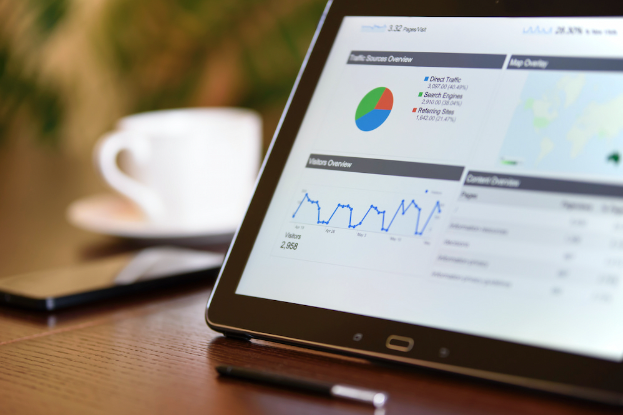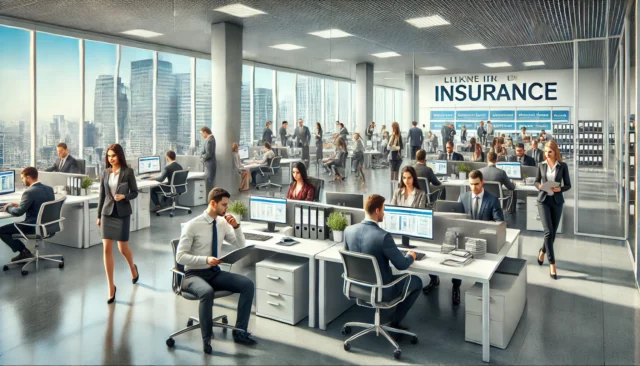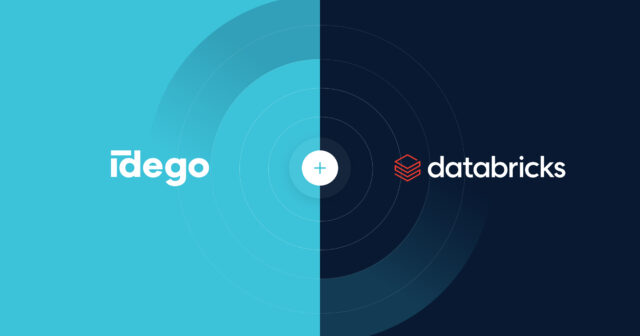
If you are a professional in the IT field, you most likely came across a software demo during your career. Salespeople use demos with potential customers. Product managers and engineers show their work to executives, other teams, at conferences etc. CEOs incorporate live demos in their pitches for investors.
And the list goes on. This is because a software or a website demo is such a powerful tool in your arsenal, it is visual, interactive, engaging…
… when done right!
Why people fail demos
Unfortunately, the average demo is everything but that. It is dull, boring, too long, uninteresting. In other words, it is a bad experience for the audience.
I can’t recall the last time someone showed me a demo of their software, and I wasn’t glancing at my watch, wondering when it would be over. And if I felt that way, I can only assume the same for the other spectators. There is nothing that screams more of a wasted opportunity than being able to gather people in a room (or virtual room), having a time slot where you can freely showcase the amazing product you have, and failing miserably.
The horror list include (and is by no means exhaustive):
● Shoving countless features at the audience in an attempt to sounds appealing
● Getting into too many unnecessary details
● Only using slides and videos instead of the real product
● Executing a predetermined script that ends up being a long monologue
● Not covering the key points that audience is interested to
If this sounds familiar, it’s because it happens all the time!
The key to rock a demo

In order to give a great demo, you must think of it as a carefully planned experience for your audience.
Let’s take a car dealership as an example. No great car salesperson would sit at a computer with a potential customer, go through all the details about the engine, the possible configurations, the color of the mats, the payment methods, and then close the laptop and say “This is the car, do you want to buy it?”
Obviously, they will start the interaction by showing the actual car! Not only that, they will lead the presentation with the big picture, what the car is good at, how does it feel when you drive it (did you notice they always start from the driver’s seat and not the trunk?), and then smoothly transition into different parts and details of the car, while maintaining a natural interaction with the potential buyer.
This is what we want to achieve with our software demos, and this is how to do it.
Research your audience
No great presentation, software demo or website showcase can ever happen if you are clueless about your audience. This is because the whole point of your presentation is to solve someone else’s problem, to provide new information to the people listening to you, and to make them understand exactly what the deal is about. You cannot do that if you don’t know who you are talking to!
So before you even start preparing your demo, answer the following questions about your audience:
● Who are they? What’s their title/position?
● Why are they here? What problem are they seeking a solution for?
● What is their background knowledge on this topic? Are they already familiar with some concepts, features etc., or should you start from scratch?
● What is their technical level? Which points can they be interested in, and which will just confuse them?
You get the idea. The better you know your audience, the easier it will be to craft a great experience.
Write down the agenda
You need to have a plan. It is almost impossible to improvise a great demo, it doesn’t matter if you had the same presentation countless times before. There are too many factors that can happen in a live situation, the audience will (hopefully) interact with you, ask questions, and you must always have a clear idea of where you are and where you are going next.
The agenda doesn’t need to be extremely detailed, but it should include the overall story, the areas that you will touch, and the key points for each area. In other words, you don’t need to have a Google Maps route with you, but you need to have an old-fashioned road map where you jot down your destination, which cities you want to visit, and what to see in each city.
The key here is to think about your audience’s journey. Make it clear where the experience will start and how it will unfold as the demo goes by.
Set up a demo environment
Whenever you have the opportunity, you should use demo environments. They provide a safe and clean way to showcase any feature you want, without the constraints of having to hide sensitive data, unexpected bugs, time-requiring information to fill etc.
There is nothing worse than seeing a software for the first time and being overwhelmed by a ton of non-relevant user data, charts, or information that you don’t need to get exposed to. A demo should be a tailor-made experience for you, and having a clean environment where you can show only what the audience needs to see is gold.
If you don’t have a demo environment at your disposal, do some tests to figure out what the best way to run the demo might be. Write down exactly where you can and cannot click, what the best non-destructive path is to show a functionality, as well as the sensitive data that you must avoid showing.
Lead with the big picture and the agenda
When your audience enters the room, they are clueless about the upcoming experience. If you start the presentation by going straight into features, you will lose people in no time. As humans, we must understand context before we can pay attention to details. This is why the big picture is so important at the beginning.
As an example, you can start the demo with something like this:
“Our platform solves the biggest problem that companies have when they spend money on marketing campaigns, that is, they have no clue on how the money is spent and how well it is spent.
We solve this problem by giving you a software that can do 3 main things: it keeps track of expenses on every marketing campaign platform, it provides a clear overview of how each marketing campaign impacted your customer base, and it recommends tweaks to your marketing campaigns based on AI that will give you better results with lower expenses.”
Do you see what I did here? I started the conversation by addressing the key pain that my audience suffers, and I immediately presented the big idea of how my platform will solve that problem. Now the audience knows what to expect, and every new information I will provide will be just a new piece of the puzzle where they already know the final picture.
Next, you want to introduce a very high-level agenda. You don’t want to go into details now, but as explained before you want to share with your audience what the journey will be, so that they have it clear what is happening, why, and in which context.
”In this demo, I will show you the most important features that our customers use to solve those 3 problems I just mentioned. I will show you a simulation of a marketing campaign on Facebook, and you will see how our platform keeps track of the costs in real time. Then I will show you the Overview tab where you can see exactly how many new customers are coming from that campaign, with relevant information such as cost per acquisition. Finally, I will run our proprietary algorithm that will analyze this campaign and give us recommendations on how to save money and improve results.”
Don’t be afraid to do this. Many people think of demos as a movie, where the audience is absolutely clueless on what’s going to happen and want surprises. This usually happens when big tech companies host their keynotes (Apple, Google etc.) but it’s almost never the case in regular business presentations, where you want to show a full working demo and not just a few selected marketing-ready features from a stage.
Alternate demo and slides
Remember when I said that one of the biggest mistakes is to only use slides and videos instead of the real product? Well, the opposite is also true!
It doesn’t matter how amazing your software is, keeping people’s attention high for a long period of time by just showcasing features is difficult. Moreover, there are certain moments during the presentation when having a visual support to your words can actually enhance the experience, for example when introducing the agenda, or when you want to explain a flow that happens behind the scenes of the software.
Don’t be scared of using a few, well-crafted slides when they can help your audience better understand or visualize concepts.
Conclusion

Whenever you are asked to give a live demo, you must treat it with respect, carefully prepare for it and then deliver the best experience possible for your audience. Because the average software demo is everything but great, this is an amazing opportunity to stand out from the competition.Be the one they remember!








 Andrzej Kopera • Sep 05
Andrzej Kopera • Sep 05

